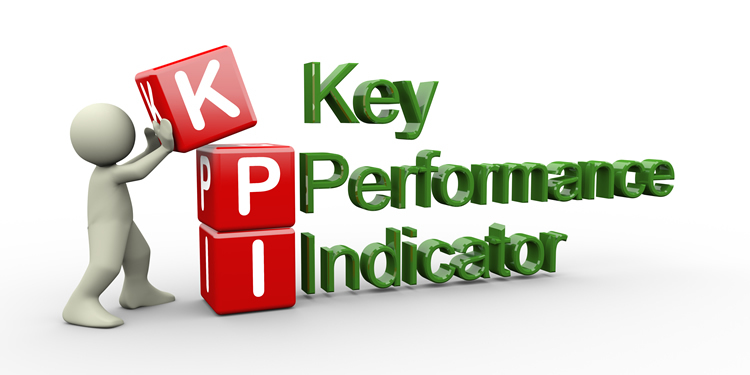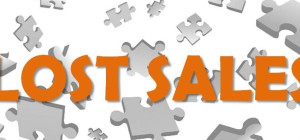 Cloud technology brought us the increased capacity to gather and crunch sales data. However, faced with this abundance of numbers we've also fallen into the trap of misusing it and measuring vanity metrics which don't provide us with useful insights. Instead,we should focus on real growth driving sales KPIs. Sales results translate directly into revenue,so the KPIs they produce are among the most important you should track. Below we've listed those sales KPIsthat are most targeted on growth and company performance. Track, visualize and manage them equipped with effective KPI dashboard software and make sure your business is going in the right direction.
Cloud technology brought us the increased capacity to gather and crunch sales data. However, faced with this abundance of numbers we've also fallen into the trap of misusing it and measuring vanity metrics which don't provide us with useful insights. Instead,we should focus on real growth driving sales KPIs. Sales results translate directly into revenue,so the KPIs they produce are among the most important you should track. Below we've listed those sales KPIsthat are most targeted on growth and company performance. Track, visualize and manage them equipped with effective KPI dashboard software and make sure your business is going in the right direction.
- Actual Revenue & Forecasted Revenue
This KPI shows if your business strategy is evolving as planned. Basically, it provides you with an answer to the question if your actual revenue is better or worse than your forecasted revenue. Understanding this will help you anticipate deal activities and recognize outliers. This KPI helps to monitor your sales team's performance and show whether they are going forward with your business strategy or underperforming.
- Average Revenue Per Unit
ARPU is a measure of the revenue generated by one user per unit time, typically per year or month.This provides the company a granular view at a per user basis and allows it to track revenue sources and growth. If your ARPU is rising it signals that each customer is bringing you more and more revenue. This usually means that you manage to lure more potent customers or upgrade your existing customers, which is great news as bigger packages churn less. However, if your ARPU is rising, but your acquisition costs are rising as well, you don't generate any profit. To integrate this cost dimension you must first understand your acquisitions costs in detail, with which you can calculate your customer lifetime value (CLV). As long as both ARPU and CLV are growing, your business is going in the right direction.
- Acquisition Cost and Customer Lifetime Value
Customer Acquisition Cost (CAC) is the total cost you incur within the process of persuading your customer to buy your product or service. It includes all expenses made during that time, including salaries of the staff. Customer Lifetime Value (CLV) is the amount of money you'd expect to make from that customer over the lifetime of your relationship, minus your CAC.
No matter what your industry, the goal is to increase CLV and ARPU, while decreasing CAC as much as possible. Tracking these KPIs is a good way to display to your management and investors which direction you are heading. It can also help your team plan for the future.
- Lead Conversion Rate
The first step in lead conversation KPIs is to look at your Unqualified to Qualified Leads (Opportunity) Ratio.An unqualified lead is every new lead, whether inbound or outbound. A qualified lead is a person who has completed a desired action, for example hassigned up for a trial. Moreover, he usually also has a defined budget, the authority to decide and a need for your product or service. The goal of the process, of course, is closing deals. The better you understand your prospect's status in your funnel, the better you'll be able to predict when an opportunity will close.
The second step in lead conversions is the Opportunity to closed opportunities. This KPI tells us how effective a rep is turning an opportunity into a closed deal (a win) and helps to evaluate your reps' performance. Looking at each rep's Unqualified to Opportunity Ratio and their Opportunity to Win Ratio can enable you to identify areas for improvement.The final step when it comes to looking at Lead Conversion KPIs is to look at the success rate of the entire process, from Unqualified Lead to Closed Deal.
In addition to measuring each individual rep, a lead conversion rate that is low or unpredictable can alert you of problems in your sales pipeline or let you know that your value proposition needs to be adjusted.
The volume of data will continue to flood your business, but when you will focus on the right KPIs and track them with the right tools that enable you to easily visualize data, you will be able to glean valuable insights without wasting too much time.By tracking these KPIs, sales managers can address weaknesses and build on strengths throughout each part of the cycle.







